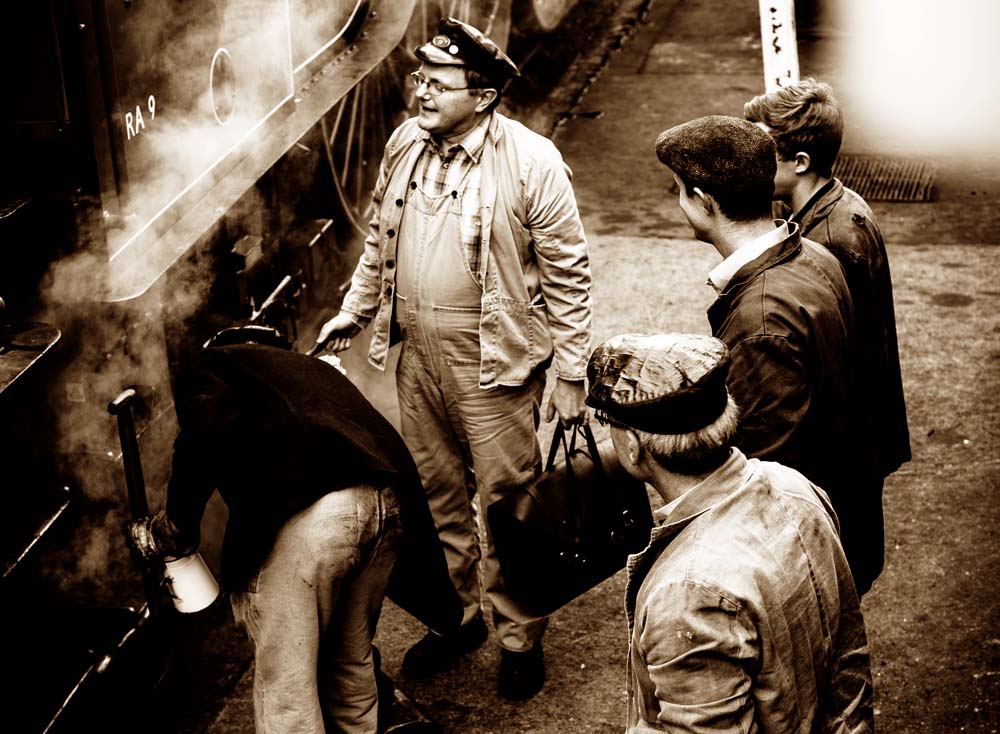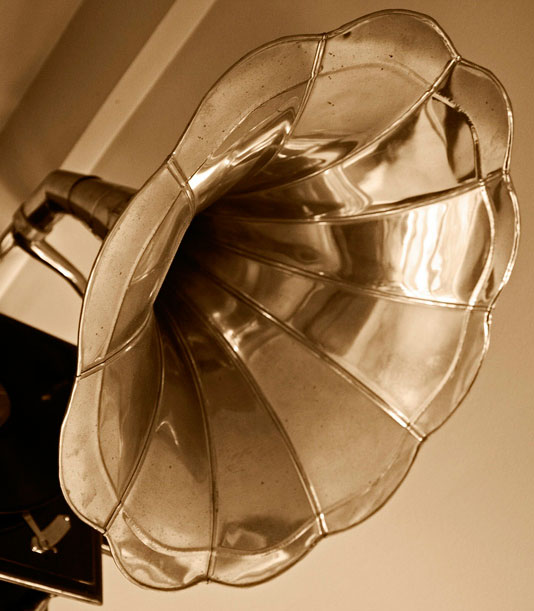Puccini A to Z – H as in Historical context

Historical context
During the last years of the nineteenth century, Europe was in deep crisis: not on the production side, but more on the intellectual side. It’s emblematic how the great “crisis of positivism” explodes during a technological peak. The iconic Tour Eiffel represents the ability of mankind to bend nature in some of its strongest forms.
Heinrich Hertz invented the radar in 1887, and in the same year, Emile Berliner invented the gramophone; not to mention the Lumiere brothers in 1895 with the cinema.


The crisis of positivism
And yet, many intellectuals recognized that science was somewhat losing ground in the minds and hearts of the people
The fragility is palpable: old models are disrupted and new ones are created, throwing people at the turn of the century in the abyss of nihilism; Gabriele D’Annunzio, one of the most important figures of Italian literature, devoted himself entirely to this philosophy. Incidentally, Puccini toyed with the idea of collaborating with D’Annunzio more than once, starting as early as the 1890s. In this scenario, he moved his first important steps as a composer, touching love through music, but beyond that, the inevitability of death, so obvious in La Bohème.
Fin de siècle in Italy
The 19th century in its entirety is a century of great importance for Italy: ruled at first by a multitude of dukedoms and appendixes to foreign kingdoms, it saw the period of the Risorgimento, through which it reached unity and independence.
The most prominent composer of the time was, of course, Giuseppe Verdi who depicted the love for his Country and for freedom in operas like “Nabucco” or “I Lombardi alla prima crociata”.
Italian Romanticism was quite different from the German one, which drew its inspiration from myths or old tales, being, in this respect, much more evocative. Italian Romanticism is projected towards the social aspects of everyday life, flourishing in the operas of Rossini and Donizetti (when it came to individual love) and Verdi (when it came to love for independence and patriotism).
The unity of Italy in 1861 and thus the creation of one Country stirred things in different ways. New laws applied to everyone bumped into obvious resistances: northern and southern Italy had (still have) in some cases opposite views of life, cultural level, taxation etc. The tendency to impose laws made for the North to the South didn’t make things any easier: young men had to enlist in the army for seven years (in southern Italy it was optional up to this point), a new tax on milled produce (tassa sul macinato) was imposed, the price of bread kept increasing and so forth

Throughout the last decades of the 1800s peoples conditions kept degrading and rebellions turned from ideas into a reality: Rome saw a big one in 1898, then Parma and, of course, the 4 days of Milan. Two public officers got killed and General Bava-Beccaris fired the cannons on some poor people waiting in line for a warm meal. All socialists were arrested and the General was rewarded. Following these facts, the government imposed stricter rules in every city: universities were closed, associations of various kind prohibited, newspapers shut down. Everything was being setup, in a way, for what was to come some 20 years later: fascism.
Final thoughts
Puccini, already famous and well-off by the end of the century, was mostly busy with his life, sometimes too much to be bothered with a different reality. There are letters where he expresses his worries for the facts of Milan, but mostly he watched everything from the side. In this respect, he was no Verdi who always got involved in the first person and at some point even thought of leaving music to join the army and “do something useful”.
He was, however, well aware and much in tune with the public sentiment of loss: La bohème is the quintessence of verism and naturalism. Set in Paris, with poor but decent people looking at life and accepting it for what it is, with the only certainty that their condition doesn’t allow them to change it. So they live off memories: in the fourth act reminiscences of the past come back in musical fragments. The same happens in Tosca and then in Butterfly. In times of despair, Puccini gives his audience a way out, even if it’s only for an evening: the human types attending a performance recognize themselves in those characters so humanly depicted on stage, and they lose themselves in the story. They allow themselves to quietly weep for their own miseries, finding comfort in what once was and is no more, forgetting for a few hours an era that’s incapable of looking forward.
Sources and resources
Photo credits: Jason Briscoe, Jorge Gascón, Alex Van CC0 license
About the author

Gianmaria Griglio
Composer and conductor, Gianmaria Griglio is the co-founder and Artistic Director of ARTax Music.
Interested in some more music? Take a look at this series!




